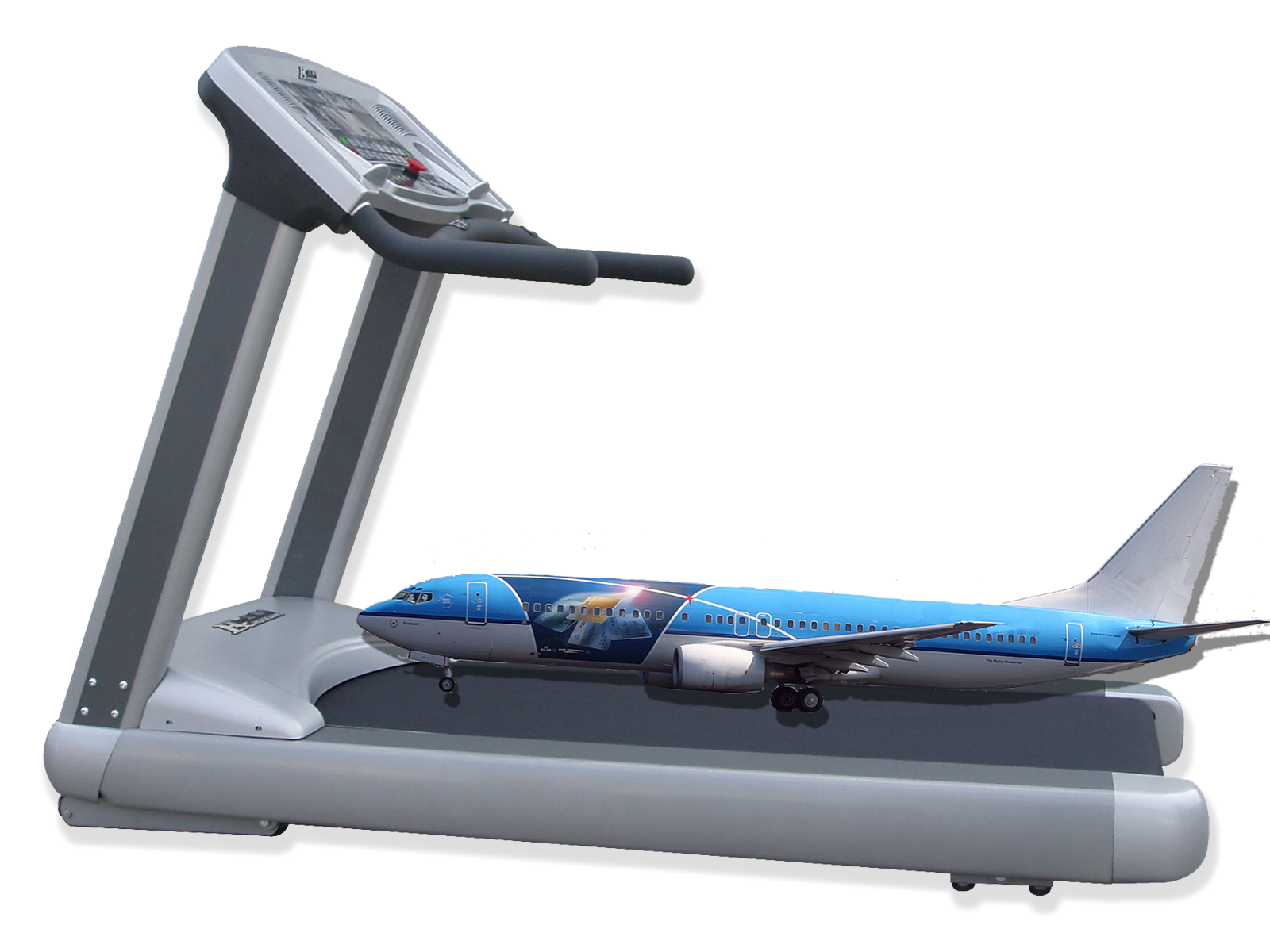bigblockz8
Pre-takeoff checklist
- Joined
- Nov 8, 2011
- Messages
- 429
- Display Name
Display name:
Gore
I was wondering if, somehow, just in theory, if I am flying a 737 and my 15,000lbs of pax all jump in the air at the same time, don't I lose my payload and 15000lbs momentarily? That split second loses 15000lbs right? They aren't supported by the aircraft, they are up in the air within the aircraft. Now in a 172...same thing but less CG range to mess with. Just wondering. This is also assuming that I am level at say 4000ft msl/4000agl on a standard day and at a 1G state.
I get that when they all land there will be one heck of an issue but I'm talking about while they are suspended in the air. That brief second= lighter aircraft correct?
I get that when they all land there will be one heck of an issue but I'm talking about while they are suspended in the air. That brief second= lighter aircraft correct?
Last edited:


